Recycleye is a growing technology company using advanced machine learning, computer vision and robotic automation to revolutionize waste sorting on a global level. The company is applying this new technology to help solve the global challenge of growing waste.
Interview with Victor Dewulf, CEO at Recycleye.
Easy Engineering: What are the main areas of activity of the company?
Victor Dewulf: Our Recycleye Vision uses AI to identify co-mingled waste in material sorting facilities, which are then picked by our Recycleye Robotics. The AI is used to provide detailed compositional analysis through user-friendly dashboards that identify the exact type and volume of objects that have been picked and sorted.
E.E: What’s the news about new products?
V.D: Our computer vision and robotics solutions are innovative, ground-breaking products that constantly evolve as we learn and adapt to customers’ needs through our growing number of installations across Europe. The nature of waste is also evolving, so our product development is focused on the continual evolution of our existing technology.
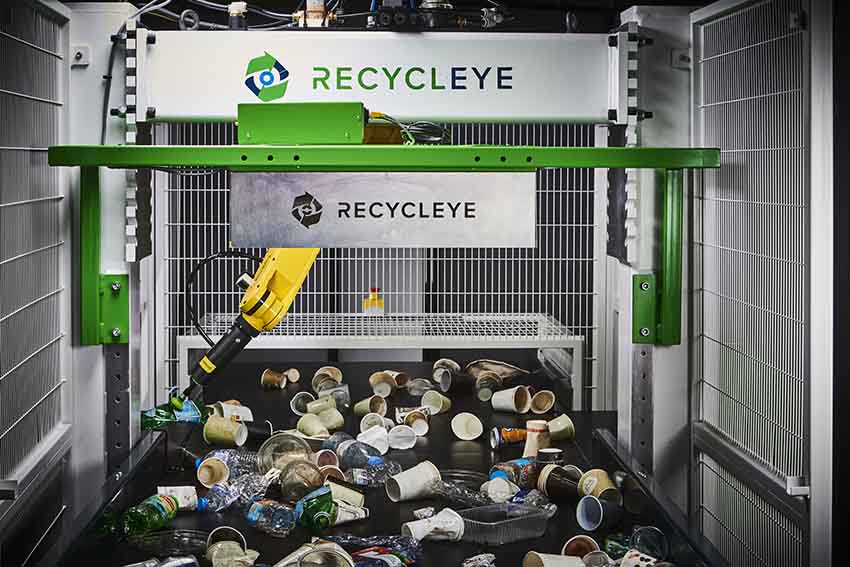
E.E: What are the ranges of products?
V.D: We supply Recycleye Vision, our computer vision system for waste detection and monitoring, capable of differentiating across 28 classes, and identifying anything the human eye can see, including colours, shapes and even food and non-food grade and packaging and non-packaging materials. The system can be fully integrated with SCADA.
Recycleye Vision uses computer vision, which, unlike Near Infra-Red is not affected by dirt. This is an important consideration given the dirty and dusty conditions that waste sorting technology operates in and a clear benefit of this new technology over the existing one. Our computer vision technology is also able to detect food grade versus non-food grade plastics – previously impossible to do with existing technology.
Recycleye Vision can be used alone for automated Quality Assurance or in conjunction with Recycleye Robotics to undertake the physical picking and sorting of waste. Both products are supported by WasteNet, our unique dataset containing over 3 million images of waste products.
Recycleye Robotics is specially adapted to pick household and commercial dry mixed recyclables (municipal waste) with features that make it the best solution for this task. These include the pick, rotate and shoot feature of our 6-axis robot; a robust, but lightweight robot that can be quickly and easily retro-fitted above existing belts in facilities.
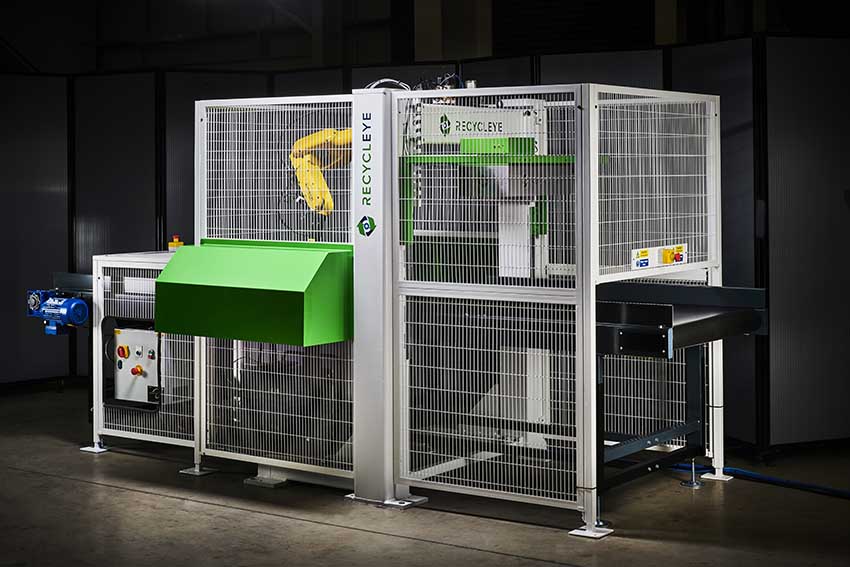
The installation is completed by a small group of people, with no need for heavy machinery and can be fitted over a weekend to minimize downtime. This compares very favorably to existing robotic sorting technology, which is much heavier and requires such a significant investment for installation, which can be as much as the initial investment in the sorting robot itself.
The Recycleye Robotics solution also features a robust silicone gripper that molds to the item being picked to ensure optimum grip, a high flow rate, low vacuum solution for performance and longevity and a missed pick and blockage detector for optimum performance. This gripper and the entire pneumatic system were designed by Recycleye engineers to pick DMR items such as aluminium cans, plastic bottles and board.
E.E: At what stage is the market where you are currently active?
V.D: The waste management industry is an established and relatively traditional one worldwide. That means limited adoption of automation to date and a reliance on manual labor, which has impacted the economics of waste sorting. In the few years since Recycleye was founded in 2019, we have delivered installations of our technology in England, Northern Ireland, France, Italy and soon, Germany and Australia.
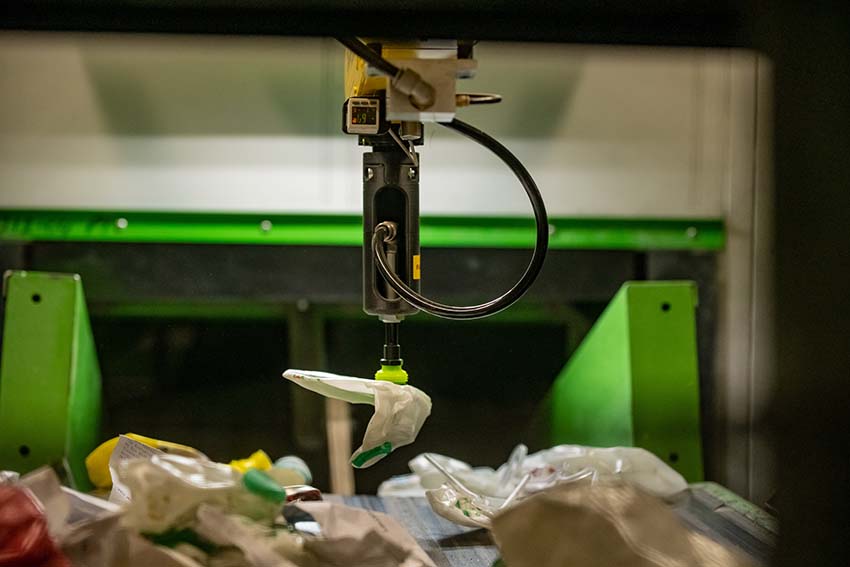
E.E: What can you tell us about market trends?
V.D: We see a growing understanding of the value of sorting automation, supported by the results we have achieved to date; up to 55 picks per minute (33,000 over a 10-hour shift) contamination reduced to less than 1% and an increase of picked target material by 12%.
These results, if applied across the waste sorting industry globally, would significantly increase the value of sorting materials for recycling and fundamentally change the economics of doing so. As an example, pure food grade plastic recyclables are worth around four times as much as mixed plastic bottles.
With increasing waste and recycling legislation, there is a need for more technology to accurately sort waste according to requirements, including packaging and non-packaging and food and non-food grade materials. This requirement is easily met by Recycleye Vision solution, which scans and classifies each item over 120 times, giving facility managers accurate and complete compositional analysis on the waste that is passing through their plant.
With the increasing cost of and scarcity of some raw materials, we believe that being able to access pure recyclates in greater volumes is a benefit to manufacturers responding to consumer demand and legislation to increase the amount of recycled material in their packaging.
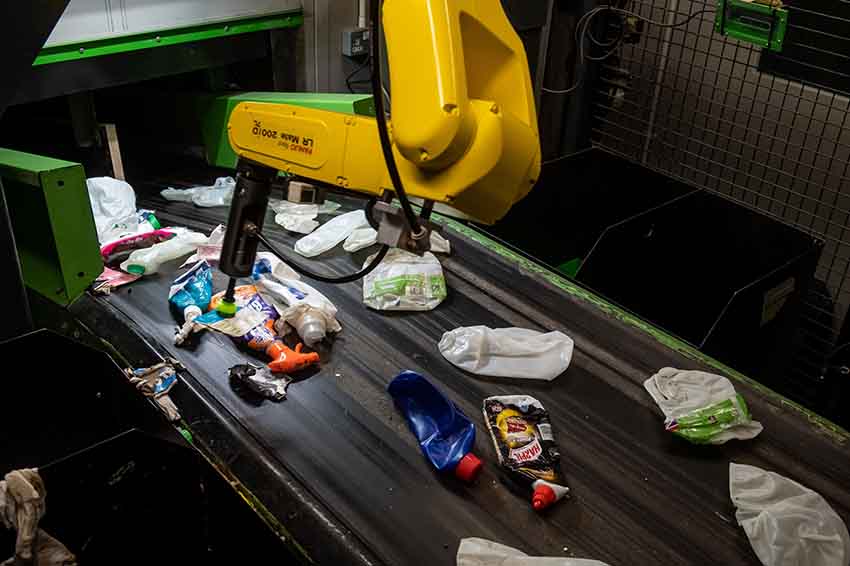
E.E: What are the most innovative products marketed?
V.D: Our computer vision solution, Recycleye Vision is able to identify objects as accurately as a human eye. This is a particular challenge since waste items are usually crushed, overlapping and dirty.
Our detection capability was built on Recycleye WasteNet, the world’s largest and growing dataset of waste, containing over 3 million images. With close links to leading academics in waste and environment, this unique research enables our innovative computer vision system to detect a wide and growing number of waste items.
Our installation with FCC in Reading, UK, was the first installation of its kind in the country, and has since been followed with others including Bryson Recycling, the UK’s largest social enterprise recycler, based in Northern Ireland and Acea Ambiente in Italy.
Our technology has been developed with the support of world-class organisations, including robotics leader FANUC, Microsoft, Nvidia and Arrow Electronics. The European Innovation Council has supported our continued development, awarding us a share of the largest-ever European innovation funding round in 2021.
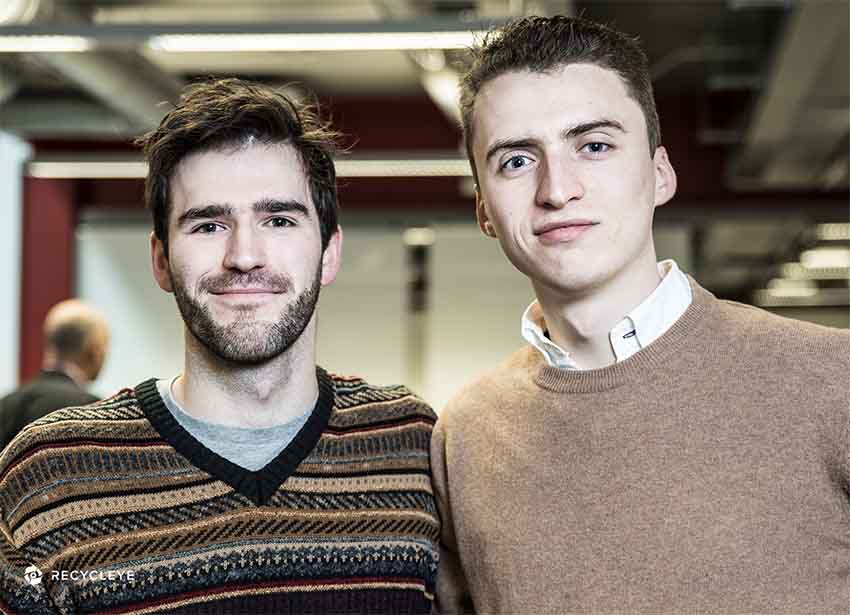
E.E: What estimations do you have for 2022?
V.D: We are seeing strong demand from waste management companies, both global and local, who want to future-proof their facilities with digital technology. With the continued demand for accurate sorting and pure recyclates, we believe that the growth of AI-driven robotic sorting technology will continue and we are proud to bring our pioneering products to market to meet that demand.

